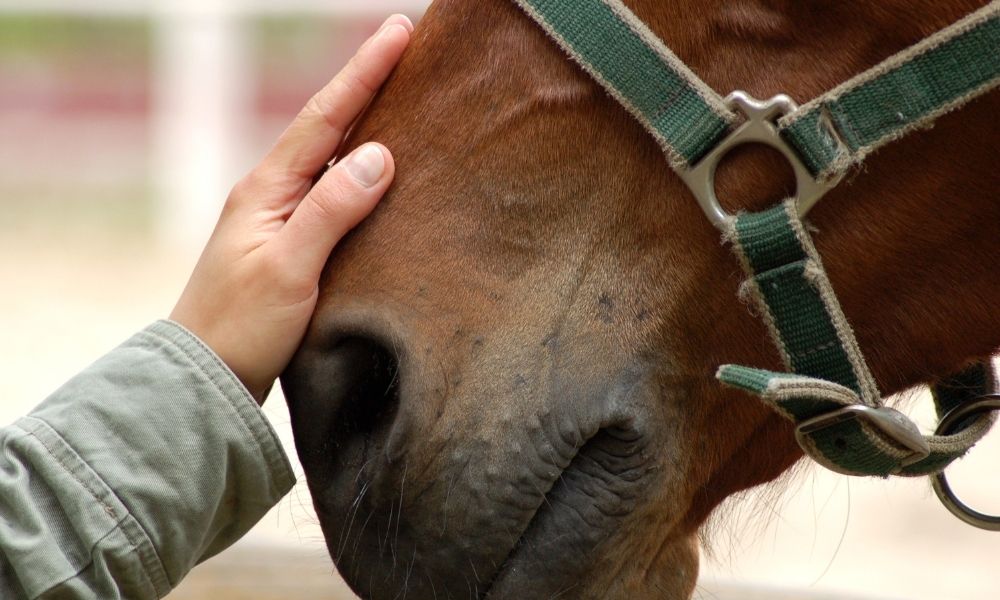
Hippotherapy offers a range of benefits for numerous people. It provides a one-stop therapy shop for physical, cognitive-behavioral, and speech therapy. Cerebral palsy hippotherapy continues to aid those with cerebral palsy in developing various skills and improving different aspects of their lives. Here is what the future of hippotherapy and cerebral palsy looks like in the years to come.
Continued Benefits
Cerebral palsy symptoms range from exaggerated reflexes to rigid or floppy limbs. These symptoms affect a person’s movement, posture, and muscles. Hippotherapy uses a horse’s gait and the horseback riding experience to strengthen cores, posture, stability, and control. These strengthened features improve long-term motor and sensory skills like speech, memory, learning, and even movement. With consistent practices and therapy sessions, individuals with cerebral palsy will continue to reap the many benefits of hippotherapy and develop their abilities.
Motor and Sensory Enhancements
With hippotherapy, cerebral palsy symptoms will become more manageable and less of a hindrance in a patient’s life. For those with cerebral palsy, continual development of skills and body strengthing will lead to motor and sensory enhancements. Down the line, these enhancements positively affect various life factors, including better sleep, confidence, and independence.
Increased Accessibility
Although still commonly considered an alternative form of therapy, hippotherapy continues to increase in popularity. The rise of awareness toward this therapeutic practice creates more opportunities for people to access and use hippotherapy techniques. For those studying therapy or joining the therapeutic field, there are many advantages to becoming a certified hippotherapist, including increasing accessibility to hippotherapy and its benefits. Increased access to cerebral palsy hippotherapy leads to more lives being enhanced by its various perks.
Improved Equipment
Hippotherapy has already progressed tremendously throughout time. It initially only used real horses. Now, many hippotherapists use technology and equine simulators. The accessibility to hippotherapy increased with the incorporation of technological equipment. Without the need for real horses, more locations and people can conduct hippotherapy. As technology continues to flourish and adapt new abilities, the future of hippotherapy will see equipment upgrades and new gadgets that further enhance its processes.
The future of hippotherapy and cerebral palsy can only continue to progress on a positive trajectory. Starting hippotherapy at a young age greatly enhances the futures of children with cerebral palsy by developing their strengths and skills ahead of the race. By the time they reach adulthood, they’ll have more management skills and control over their bodies, increasing their opportunities in life. With improved equipment, accessibility, and skills, hippotherapy can continue to benefit the lives of many people, not just those with cerebral palsy.
